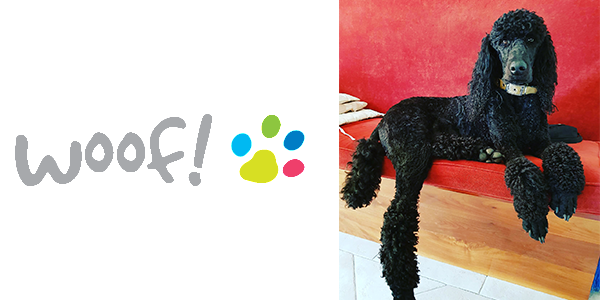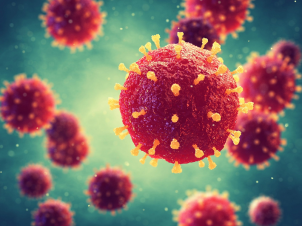| No one wants to be associated with a virus that has killed millions of people. That includes brands. As the threat of a global pandemic loomed, the Mexican pale lager Corona, faced a unique challenge. With the virus hitting headlines, their beer got caught up in the fray.
Google searches for phrases like ‘corona beer virus’, and ‘beer coronavirus’ increased dramatically, rocketing to 2,300% and 3,200% respectively.
The beer’s ‘Buzz’ score, calculated by YouGov, which measures ‘whether you’ve heard something positive or negative’ about a product, had dropped significantly by late February. YouGov’s subsequent assessment of purchase intent saw Corona beer hit its lowest level in two years.
Corona, however, were quick to rebuke claims they were negatively impacted, boasting a 5% increase in sales in the US during the period.
While it goes without saying that there is no affiliation between the beer and the virus, the name was front-and-centre in people’s minds, and the brand was forced to come out publicly to distance itself from it.
The importance of names and their associations is something that must be considered by brands. Nestle’s Red Skin and Chicos, Coon cheese and Colonial Brewing were all forced to confront shifting cultural sensitivities this year.
‘What’s in a name?’ Juliet asked. The answer: a whole lot. |
|






